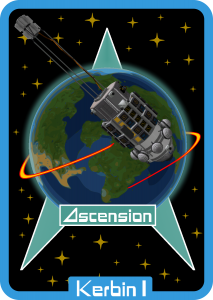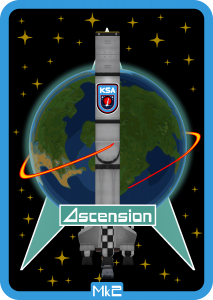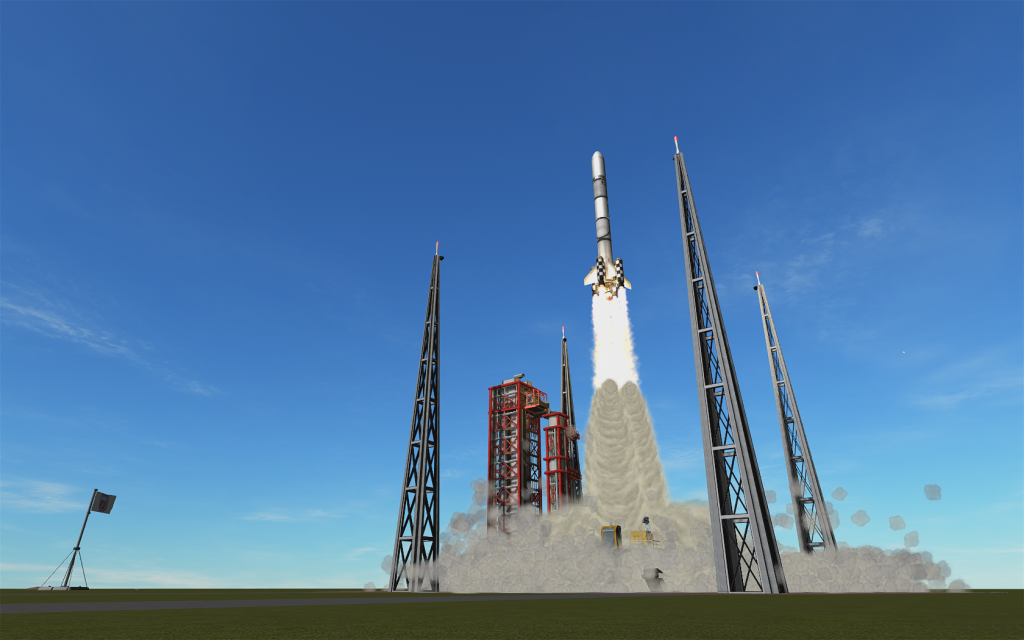 Originally conceived in 2018 and planned to launch aboard an Ascension Mk1 in 2019, when that rocket was deemed unable to make orbit the payload was delayed and eventually committed to the Ascension Mk2, which was not able to fly until early 2020. The purpose of our first orbital satellite was to place our mission control team in charge of actual orbital operations, test the new Archtagon Aerospace RB-8 cold gas engine, test the new Probodobodyne OKTO common probe core and perform one final re-entry/impact test of the radioisotope thermoelectric generator (RTG). The probe carried a massive bank of batteries because the RTG remained non-functional, allowing for the probe to stay up in orbit for several days with the use of hibernation to save power. The mission got off to an uncertain start when the Viklun upper stage placed the satellite into an unstable orbit, leaving the team on the ground with the challenge of recovering the situation to still carry out the previously-stated mission objectives.
Originally conceived in 2018 and planned to launch aboard an Ascension Mk1 in 2019, when that rocket was deemed unable to make orbit the payload was delayed and eventually committed to the Ascension Mk2, which was not able to fly until early 2020. The purpose of our first orbital satellite was to place our mission control team in charge of actual orbital operations, test the new Archtagon Aerospace RB-8 cold gas engine, test the new Probodobodyne OKTO common probe core and perform one final re-entry/impact test of the radioisotope thermoelectric generator (RTG). The probe carried a massive bank of batteries because the RTG remained non-functional, allowing for the probe to stay up in orbit for several days with the use of hibernation to save power. The mission got off to an uncertain start when the Viklun upper stage placed the satellite into an unstable orbit, leaving the team on the ground with the challenge of recovering the situation to still carry out the previously-stated mission objectives.
The Mission
Deployment to begin the mission was carried out once the Viklun stage came back into communications range of the ground via its more powerful 1.5Mm antenna. Having run out of power about an hour prior to this, it had been leeching electrical charge from Kerbin I’s battery banks to keep itself alive. Although Kerbin I only carried a 500km antenna, deployment was planned for now because afterwards Kerbin I could go into hibernation, conserving energy over the time it would have spent coming within its own comms range. The Viklun stage had enough residual power after separation it could continue to relay signal while Kerbin I transitioned into hibernation, after which the Viklun became derelict. How it fared after this can be read about in the Ascension Mk2 Flight 1 analysis.











